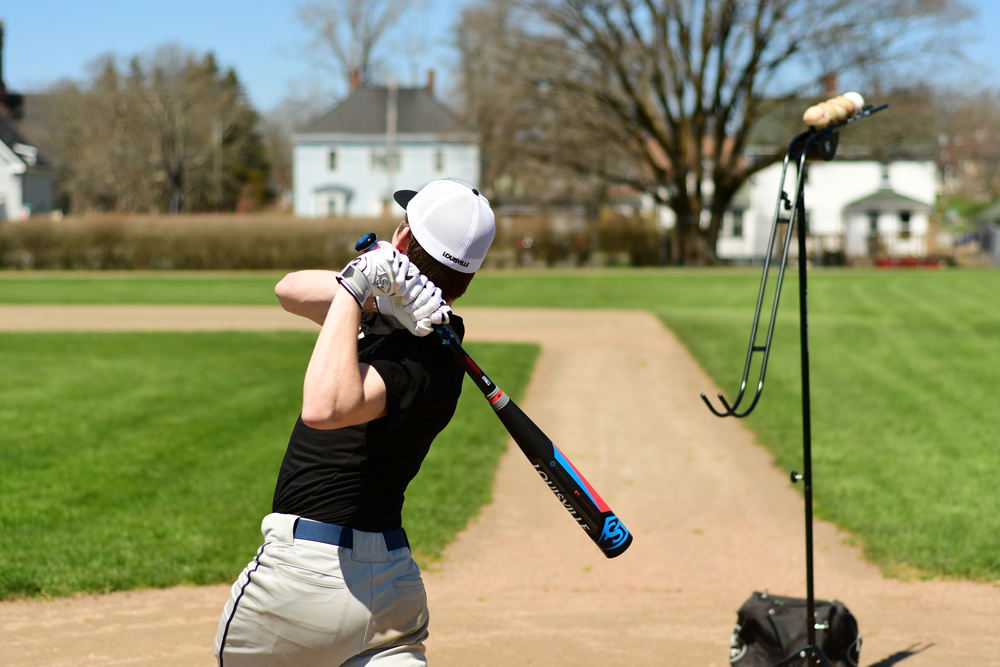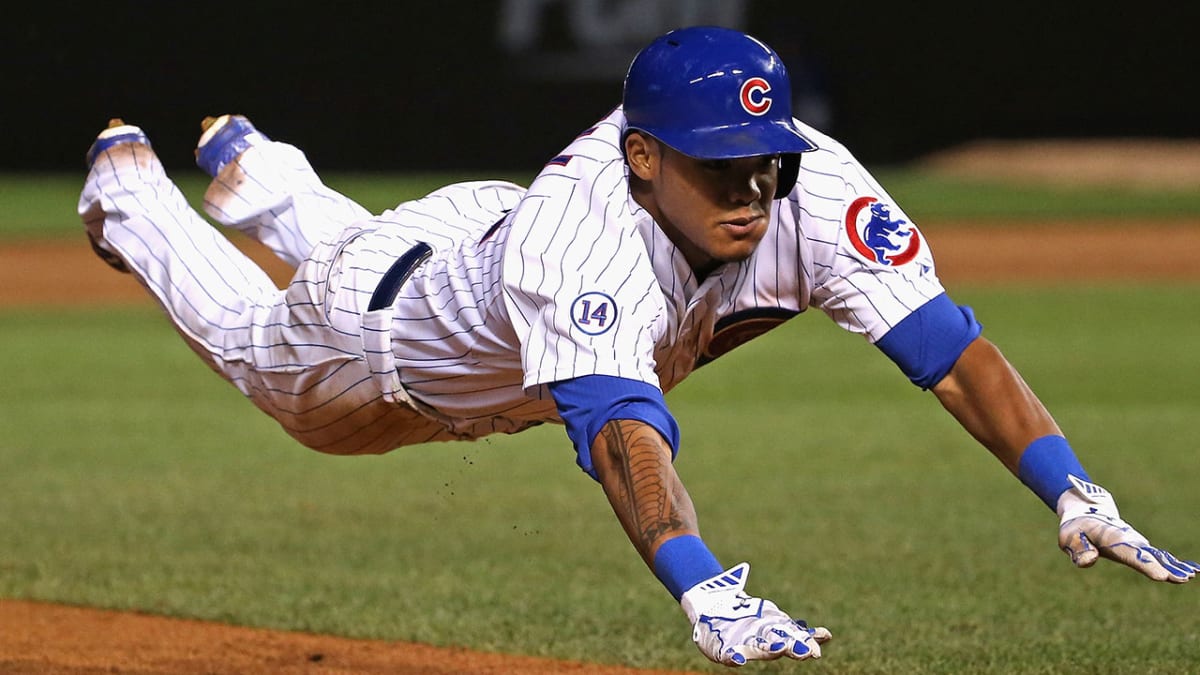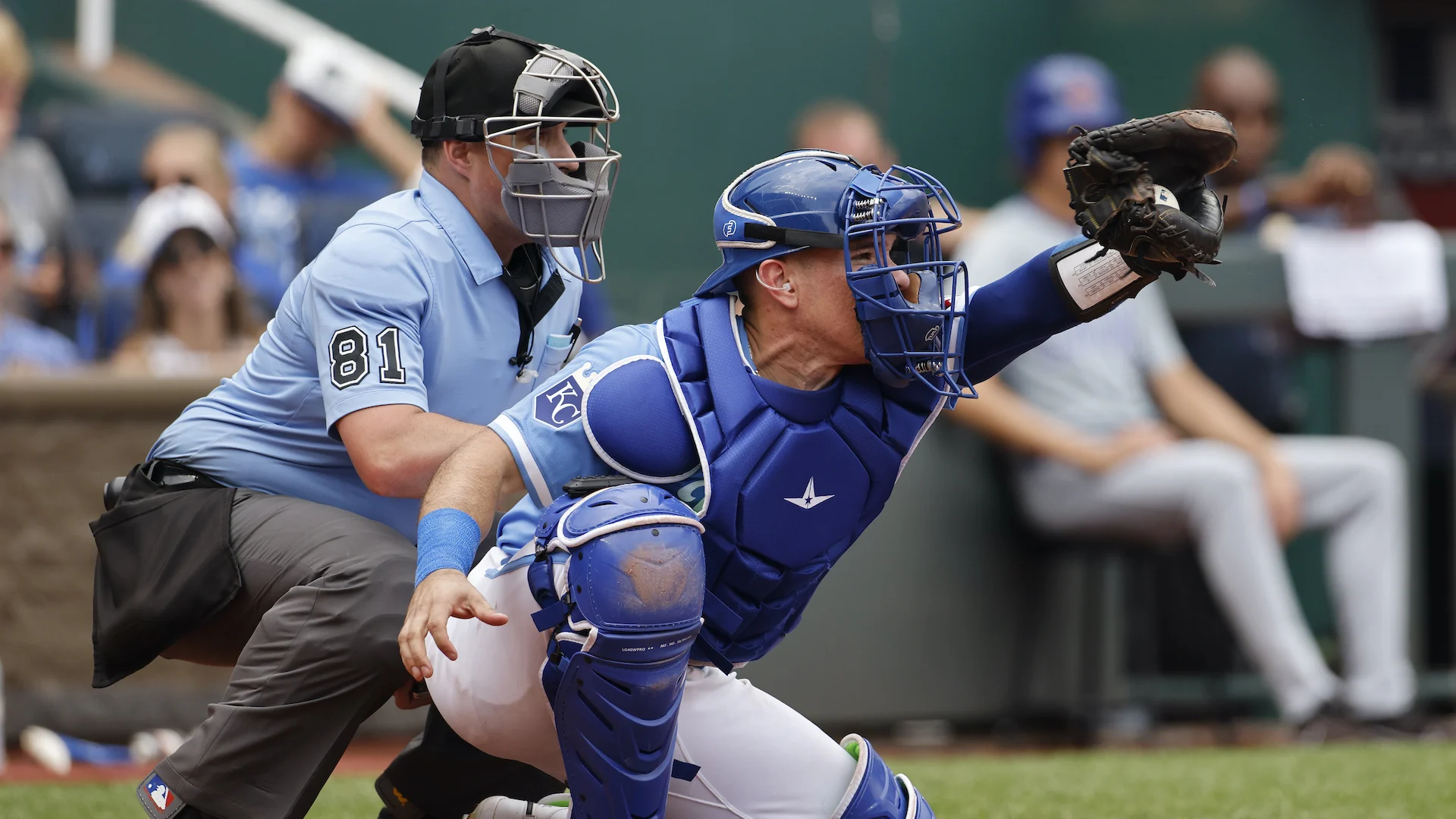
We’ve all heard the saying “variety is the spice of life,” and it turns out that it’s just as true when it comes to baseball hitting. Sure, repetitive drills and familiar training techniques are important, but mixing things up with different angles and methods can make a huge difference in how well you hit the ball. Let’s explore why incorporating variety into your hitting practice is essential for improvement and consistency at the plate.
Soft-Toss Drills: A Great Starting Point

Soft-toss drills are one of the most effective ways to build your hitting mechanics, especially for younger players. In these drills, the ball is tossed underhand from a short distance, which allows the hitter to focus on their swing mechanics without worrying about chasing the ball down or getting hit by a pitch.
However, to get the most out of soft-toss drills, it’s important to vary the setup. Don’t just toss the ball from the same spot every time. Change up the angles, toss from different sides, or adjust the pitch height to help players get used to hitting balls from various angles. This variation teaches players how to adjust their swing and stay prepared for any pitch they might face in a real game.
Static Tee Work: Perfecting the Basics

Let’s be honest—static tee work can get boring after a while. But don’t let that fool you; it serves a crucial purpose. It’s an essential drill for helping hitters refine their mechanics and perfect their swing without the pressure of chasing down balls or worrying about being hit. By focusing solely on technique, you can zero in on specific areas of your swing that need improvement.
That said, static tee work shouldn’t be the only thing you do. Mix it up with soft-toss drills and other training methods to add variety to your practice routine. This way, you can keep the training fun and engaging while still ensuring that you’re perfecting your swing mechanics at the same time.
Live Pitch Training: The Ultimate Test

If you’re serious about becoming a better hitter, live pitch training is a must. Hitting off a tee or from a machine is great, but nothing can truly replicate the real game experience like facing live pitches. With live pitching, you’re dealing with actual pitchers who are delivering balls with varying speeds and movements—something that no machine can simulate perfectly.
Live pitch training adds another layer of variety to your practice. It forces you to react quickly, stay focused, and adjust to real-time pitches. The experience you gain from facing live pitchers will give you a huge advantage when it comes to handling real-game situations, where you’re up against different pitchers with different styles.
Why Variety Matters for Baseball Hitters

Incorporating variety into your practice routine is essential for improving your hitting skills. Soft-toss drills help you refine your mechanics, static tee work allows you to focus on technique, and live pitch training gets you ready for real-game scenarios. By mixing up your training, you’re able to improve different aspects of your swing while also keeping things interesting and engaging. This variety will help you become more consistent and adaptable at the plate, making you a more well-rounded hitter.
FAQs: Understanding the Importance of Variety in Hitting Practice
Q: Why is variety important when practicing baseball hitting?
A: Variety helps you develop all aspects of your swing, making you more adaptable and consistent. It allows you to practice hitting from different angles, speeds, and situations, which prepares you for real-game scenarios.
Q: What’s the benefit of soft-toss drills?
A: Soft-toss drills are great for refining your swing mechanics in a controlled, low-pressure environment. Varying the angles and pitch heights in these drills will help you adjust to different pitches in a game.
Q: How does static tee work help with hitting?
A: Static tee work focuses on perfecting your swing mechanics without the distractions of chasing the ball or worrying about being hit. It’s an excellent way to practice form and technique, though it’s important to mix it up with other drills to prevent it from becoming monotonous.
Q: Why should I practice with live pitches?
A: Live pitch training is essential because it replicates the real conditions of a game. It helps you react to actual pitchers, with varying speeds and styles, which no machine can truly mimic. It’s crucial for building confidence and improving your timing and decision-making skills.
Q: How often should I incorporate different drills into my practice?
A: Ideally, you should incorporate all three methods—soft-toss, static tee work, and live pitch training—into your routine. By switching between them regularly, you’ll improve different aspects of your hitting while keeping practice interesting and dynamic.
Q: How can I make static tee work more engaging?
A: You can make static tee work more fun by combining it with other drills like soft-toss or live pitch training. Adding some variety within the tee work itself, such as changing the height or pitch location, can also help keep things fresh.
Conclusion
Variety truly is the secret ingredient to becoming a better baseball hitter. Soft-toss drills, static tee work, and live pitch training each bring something unique to the table, and when combined, they’ll help you become a more consistent, adaptable, and confident hitter. So, if you want to take your game to the next level, be sure to mix up your practice routine and include a variety of drills to challenge yourself and keep things interesting. Consistent practice with different methods will ensure that you’re prepared for any pitch thrown your way.

